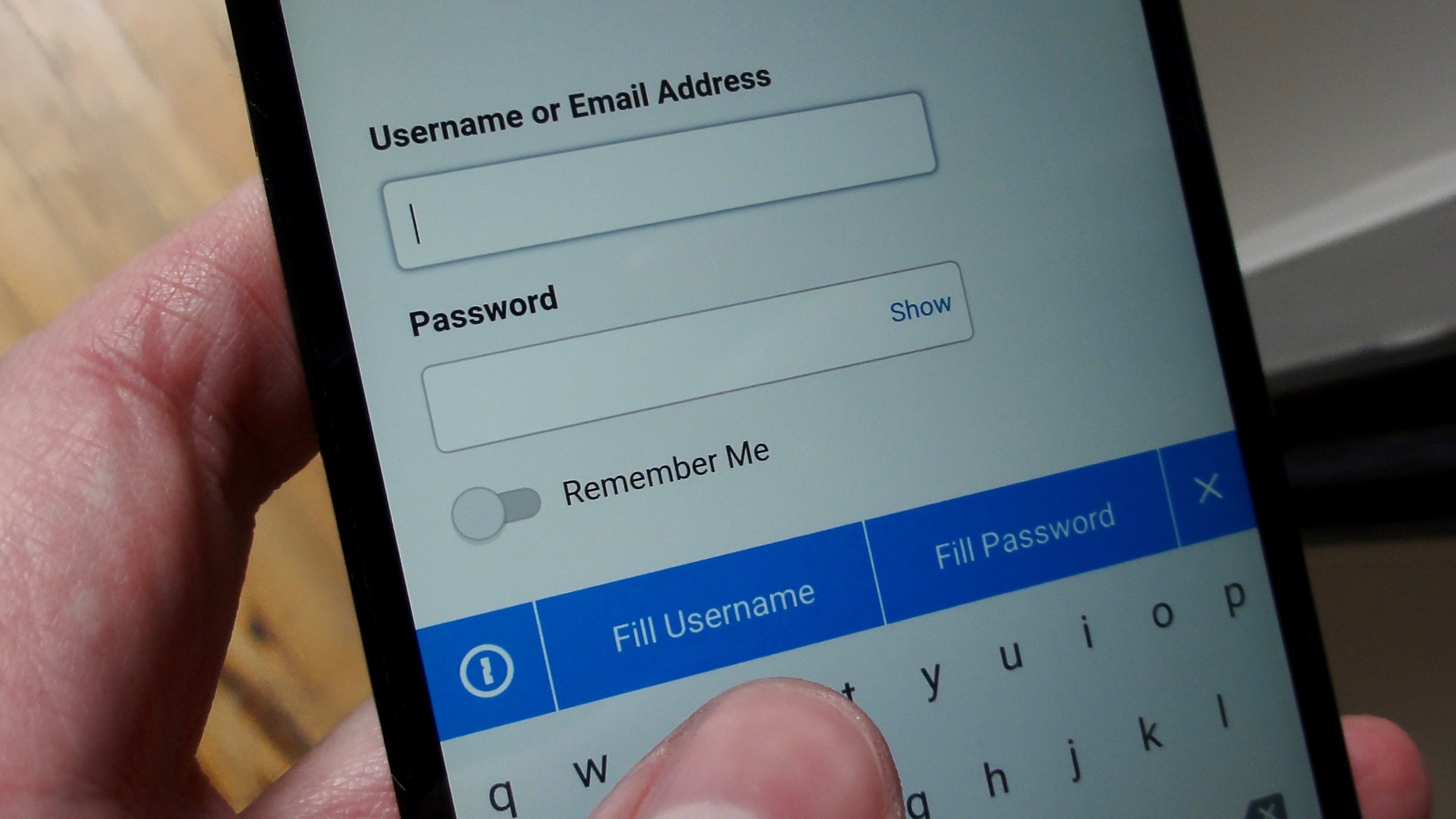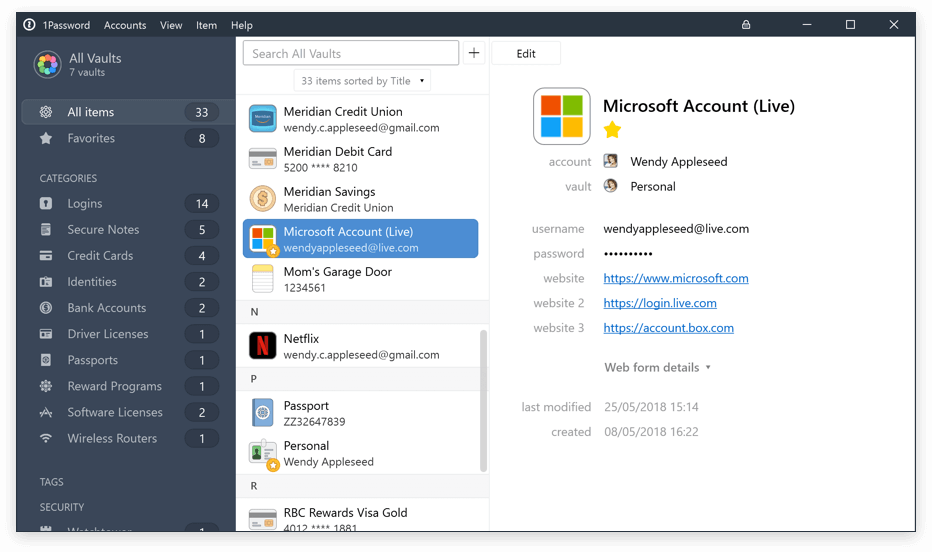
Click Extensions in the sidebar, then turn on 1Password. In the toolbar and choose “Add-ons and themes”. To add the 1Password icon to the toolbar in Chrome:įirst, make sure 1Password is turned on in Firefox.

In the toolbar and choose More Tools > Extensions.

Drag the 1Password button to the toolbar. 1Password syncs passwords and personal data across all your devices.To add the 1Password icon to the toolbar in Safari: Choose Safari > Settings, then click the Extensions icon and turn on 1Password. If 1Password is installed in your browser, but you still don’t see it in your browser’s toolbar, you can customize the toolbar to make it visible.įirst, make sure 1Password is turned on in Safari. If you don’t see the 1Password icon in your browser’s toolbar, make sure 1Password is up to date in your browser. 1Password in your browser is only available on Mac, Windows, Linux, and Safari on iPhone and iPad. I noticed there's some gitlab CI set up in the repo.1Password in your browser is only available for Safari on iPhone and iPad. # Setup the Core App Integration helper binary with the correct permissions and -46,12 +40,10 pre_upgrade() "/opt/1Password/chrome-sandbox chmod 4755 /opt/1Password/chrome-sandbox # chrome-sandbox requires the setuid bit to be specifically set. With the help of these new tools you can also check leaked passwords in Chrome.

Here's a patch: diff -git a/1password.install b/1password.install Análisis de 1Password: Resumen rápido de experto. The web-based version of the 1Password password manager can now check. You don't need to chmod the helper after installation via the install script you can just do this when packaging and install the file with the right mode bits.


 0 kommentar(er)
0 kommentar(er)
